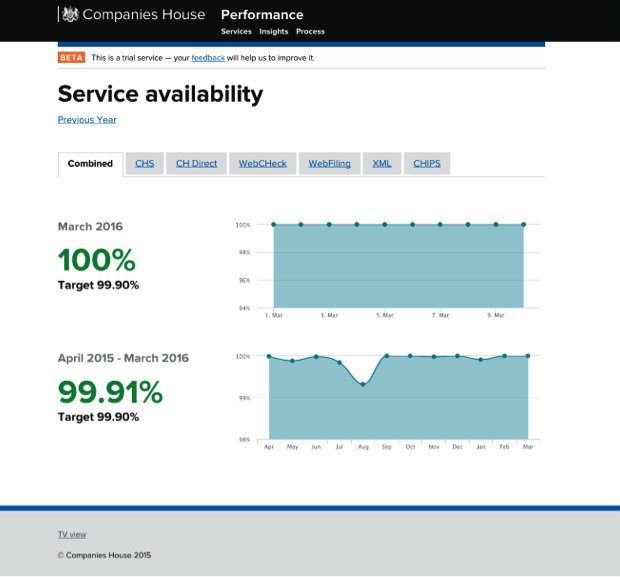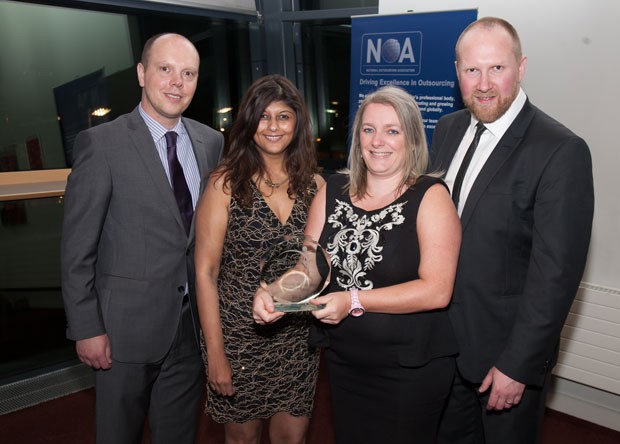Introducing the service manual team
...in seeing how the user needs for the manual have changed. This is especially important in the age of Government as a Platform. A digital infrastructure shared across government needs...
...in seeing how the user needs for the manual have changed. This is especially important in the age of Government as a Platform. A digital infrastructure shared across government needs...
...to think about how to show when content was last updated and how it has changed over time. We also need to make sure the structures are in place to...

...oversimplified view of customer journeys. Anne’s team used individual level data to follow customers through the Verify service, concentrating on customers with “less happy journeys”. They used data to devise...

...duplicating some of the data. Not only was this increasing the time it took to put the data together it was increasing the time it took for the intended recipient...
...used to represent the teams ability to work, not constrain it. It was clear to the panel that the team valued healthy face to face communication over story definition and...
...where there is scope for improvement but the service broadly met the requirements for a live service. In coming to this decision, the panel took into account the internal nature...
...users, and with a wide range of users within each segment, including people who don’t take part in formal governance mechanisms or organised events. It should include investigating, from the...
...to set cookies (i.e. from stats.matraxis.net and google.com) is good for users. Third party cookies are intrusive, and can be used to track a user from one site to another....
...to continuous integration and testing, as well as infrastructure as code. The team should ensure they continue to reduce the risk of lock-in to their current infrastructure provider. The team...
...into the real world to visit users in their own contexts, namely in sheltered housing and in public libraries. The team said that meeting users in these venues enabled them...